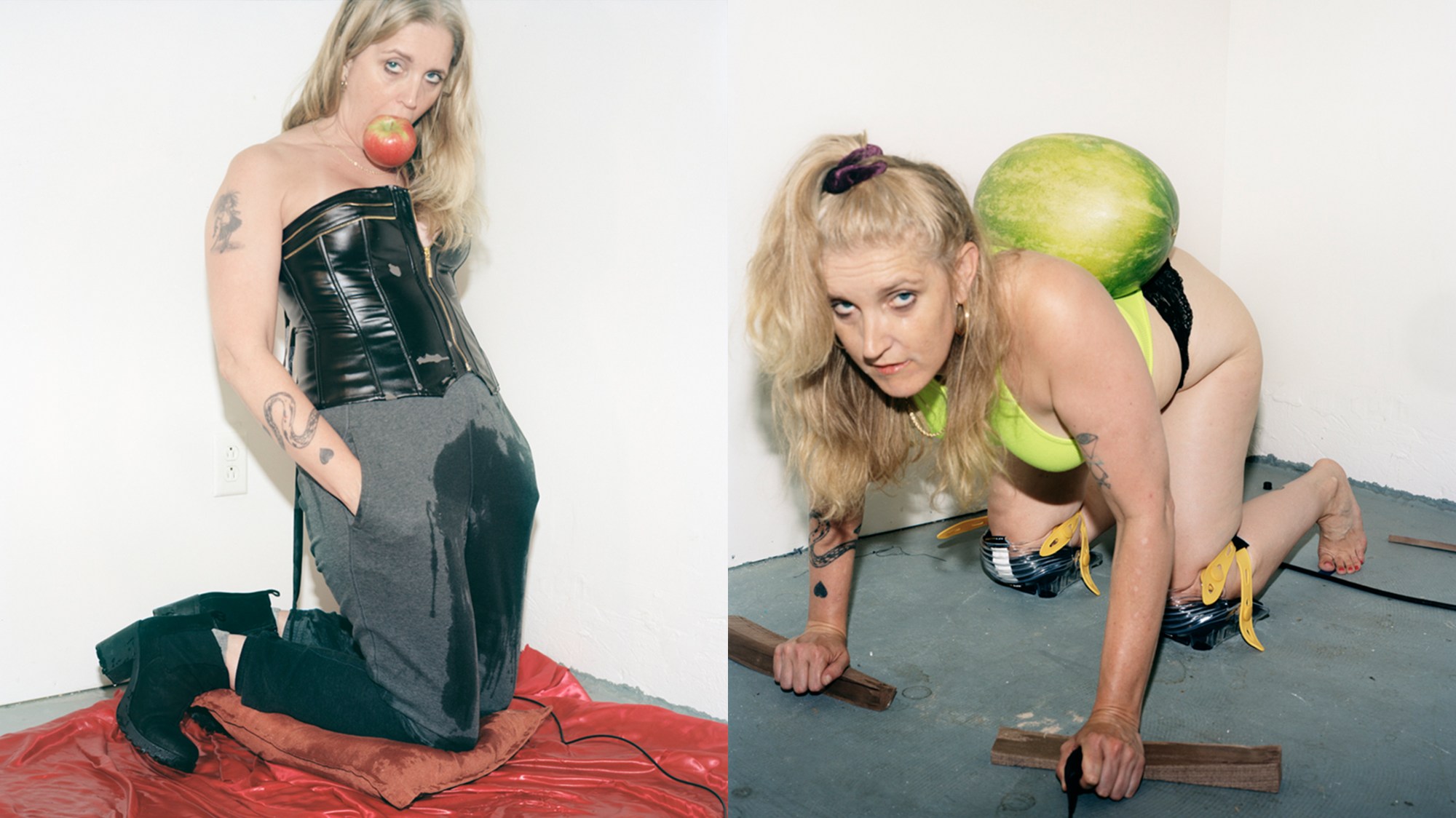Last year, in the cramped gallery space of SITUATIONS, New York, photographer Whitney Hubbs unveiled her recent, rowdy experiments in self-portraiture for the first time. Affixed haphazardly on a mirror à la trashy pornographic pin-ups, around 50 contact sheets showed the photographer muddling through an array of kinky getups and masochistic poses. They emerged at a time of condensed change in Whitney’s life: turning 40, moving out of Los Angeles and adapting to long winters in rural New York. “I knew I was leaving my young, adult self and moving into a new chapter,” Whitney says. “I felt like I had no choice but to photograph myself.”
Her emphatic new book, Say So, compiles a selection of these revealing shots alongside an incisive essay by literary icon Chris Kraus — bound within an inky black cover. It reads like an ode to isolation, ageing, sexuality, humiliation, humour and the rituals of the studio. The quieter subversions of femininity found in Whitney’s previous book, Woman in Motion (2017), have blossomed into more pointed, caustic and grotesque takes, rooted in the renegade impulses of the punk rock movement Riot Grrrl, which Whitney became involved in in the early 90s. “BECAUSE we are angry at a society that tells us Girl = Dumb, Girl = Bad, Girl = Weak,” declared their manifesto, published by Bikini Kill. “What stood out to me was coming up with my own labels and expressing myself on my terms,” Whitney says.
The scope of her bargain-bin props — ranging from peacock feathers and prosthetic breasts to a dental gag — is a testament to her twisted ingenuity. Indeed, it’s impossible to second-guess Whitney’s next move when alone-in-the-studio-time comes around. Nevertheless, one constant is the clutch of her cable release, showing us who’s in command. Another is her snake tattoo, which coils gracefully around her arm. Here, the photographer shares insights into her varied influences and compelling practice.
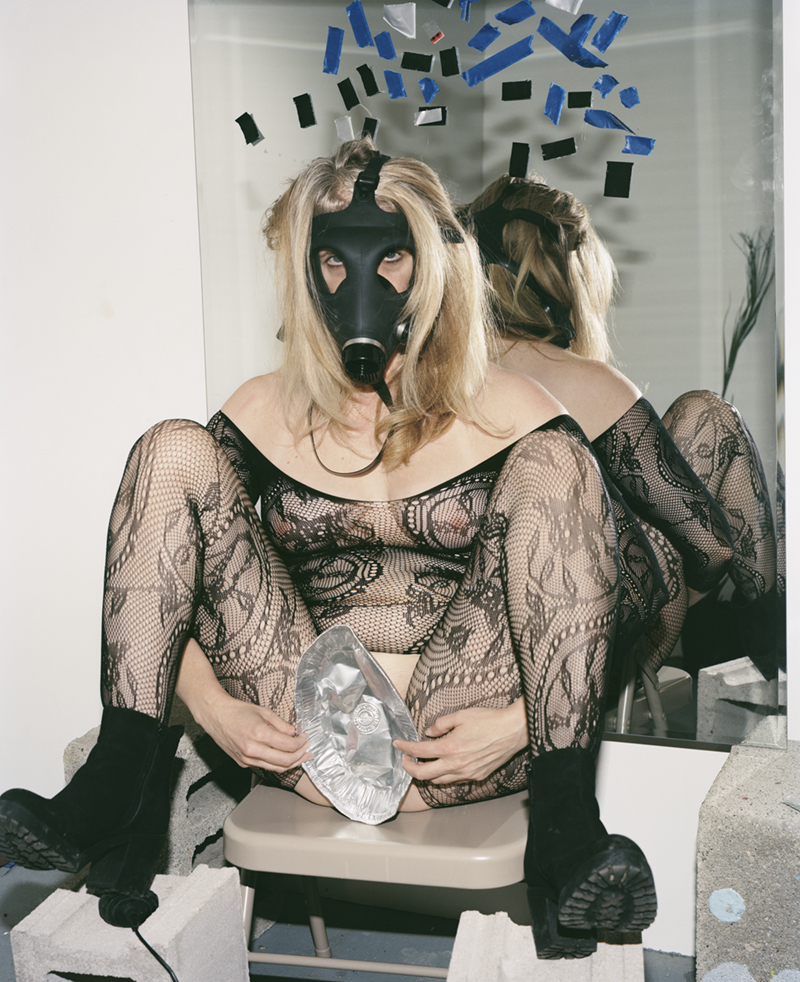
How did you get involved with Riot Grrrl in the early 90s?
By chance. When I was 15, I met some older punk girls at a pro-hemp rally in Los Angeles who invited me to a Riot Grrrl meeting, and they gave me their zines.
When did you first turn the lens on yourself?
I began taking self-portraits when I was in high school. I was looking at Laura Palmer a lot, Cindy Sherman, Robert Mapplethorpe and VHS performances of Kathleen Hanna I bought through various zines.
Why were you drawn to photography as a medium?
Hands down, the autonomy and independence of taking pictures appealed to me while still grounding the art in a real-life way. If I was more of a group person, I’d have possibly gone into filmmaking.
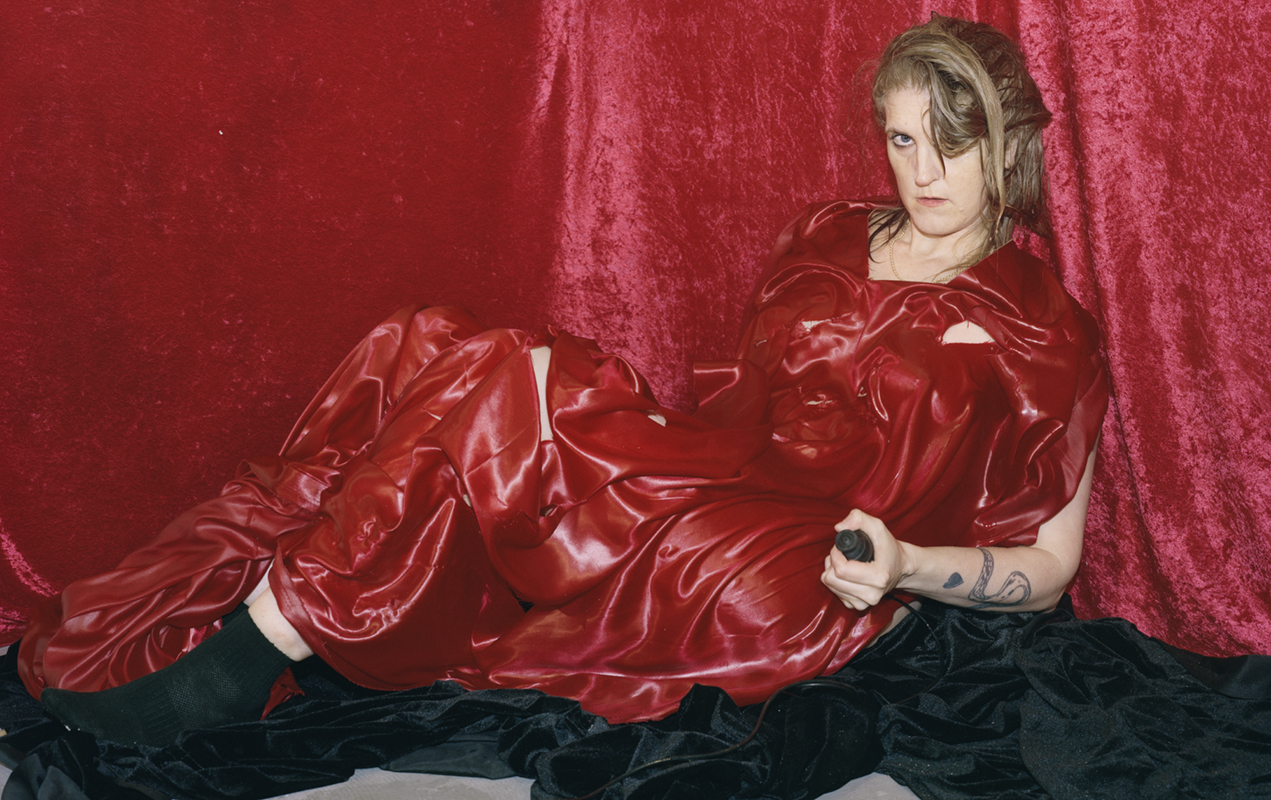
What is your studio process like?
I like some formalism. And I also like being as direct as possible. I used a large format camera and lights. I spent, and still spend, a lot of time in the studio staring at nothing and letting my mind play with ideas. It may wander in the direction of films I watched recently or a long time ago, or thinking about other artists.
In Woman in Motion (2017) and Body Doubles (2016), you employed female models in the studio space as stand-ins for yourself. How did it compare being alone in the studio this time around?
I was in a position where I had no one to photograph. The self-portraits wound up resonating with me, so I think this type of isolation at that time worked in the favour of the photographs. I see the studio space as a container to just be myself and follow my desires for the day. These desires can be in terms of reading, thinking, doing nothing, looking at older photographs I’ve taken and/or taking new ones.
How did you marry your interest in formalism with the more improvisational elements of these stagings?
I tried to meet them in a middle ground. I like that tension, and of following something one way and then switching it to the opposite.
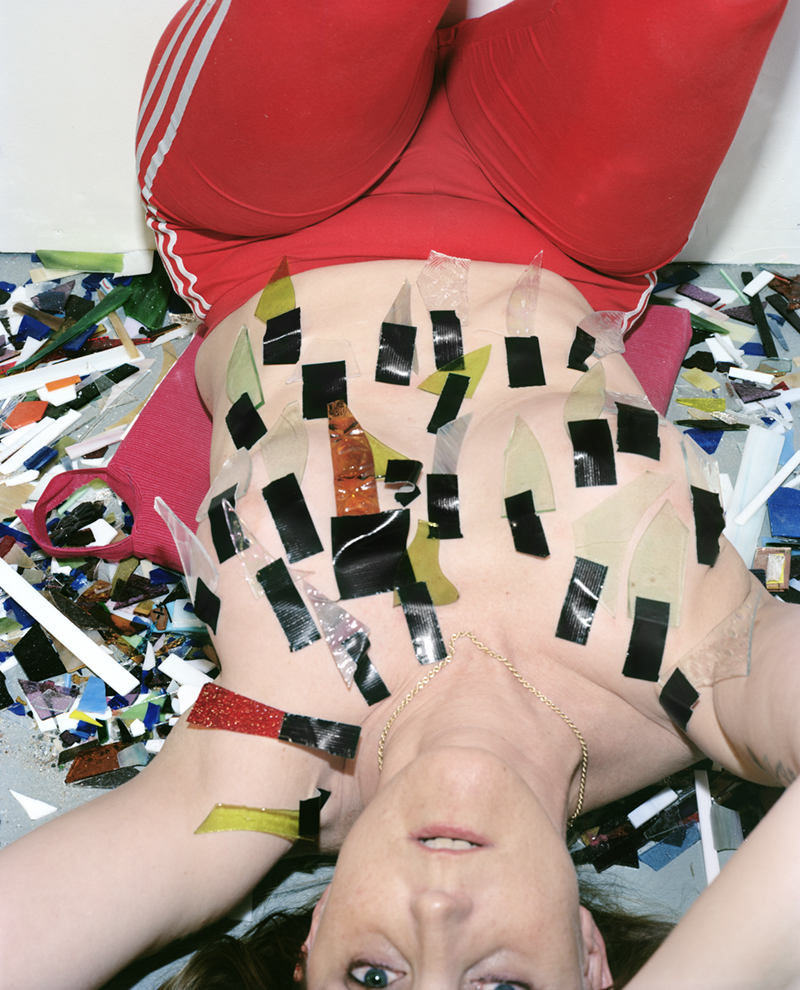
Your performances are uncomfortable and precarious… We find you squatting on cinder blocks, balancing a watermelon on your back and blowing a balloon with your wrists tied. While they’re plugged into photographic traditions of self-portraiture — from Valie Export to Boris Mikhailov – they also take on sculptural qualities…
Yes, I was interested in pushing my limits of what my body can look like in a photograph at that point in my life. These photographs have combined my interest in not only photography, performance and sculpture, but also in film, 80s Playboys, live music and critical essays.
What makes a good picture?
For me, it’s something that I can’t shake out of my head and gives me a visceral, indescribable reaction.
‘Say So’ by Whitney Hubbs, with an essay by Chris Kraus, published by SPBH Editions, is out now.
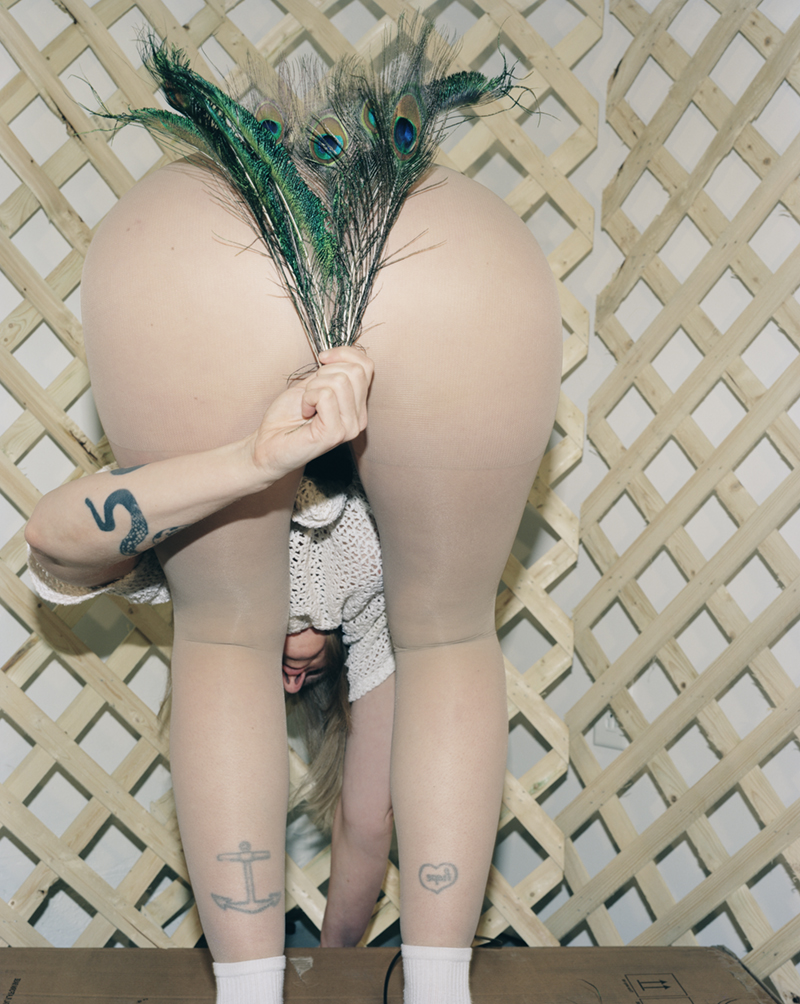

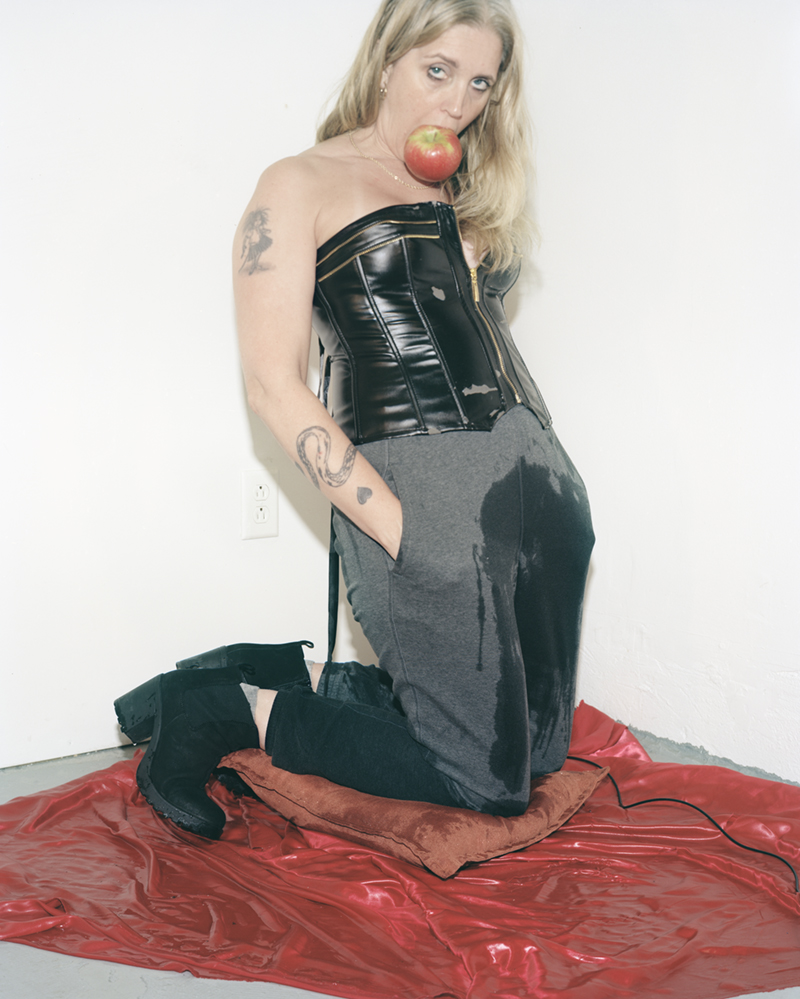
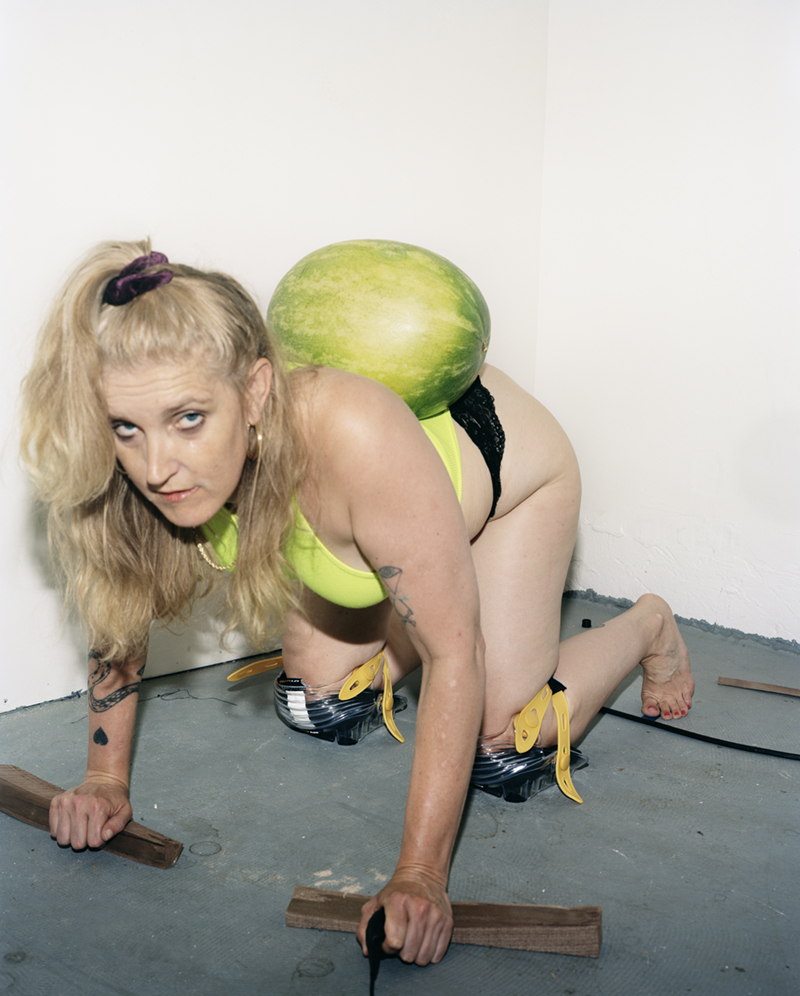
Credits
All images courtesy Whitney Hubbs, SPBH Editions and SITUATIONS, New York
